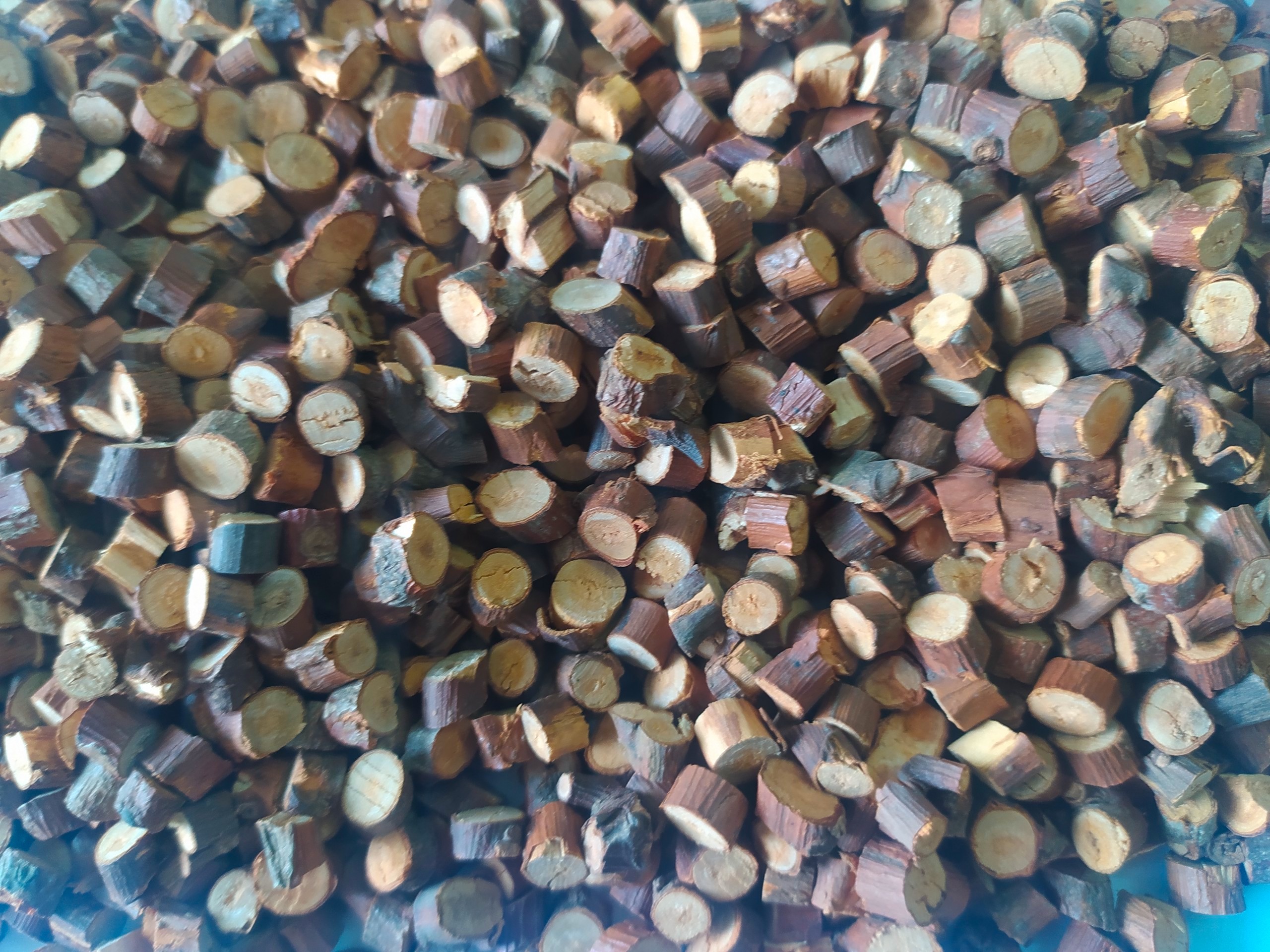5 Deadly Mistakes When Buying Low-Quality Branch Cut Cassia
5 Deadly Mistakes When Buying Low-Quality Branch Cut Cassia
Table of Contents
- Introduction: Why Low-Quality Cassia Is Risky for Business
- Mistake #1: Falling for Cheap Prices Without Verifying Specs
- Mistake #2: Ignoring Volatile Oil and Moisture Certification
- Mistake #3: Accepting Inconsistent Cuts and Visual Defects
- Mistake #4: Overlooking Packaging and Hygiene Standards
- Mistake #5: Choosing Suppliers Without Export Credentials
- Tips to Source Cassia Confidently in 2025
- Contact Tinimex – Verified Exporter of Branch Cut Cassia
1. Introduction: Why Low-Quality Cassia Is Risky for Business
The cassia market is full of lookalikes—bark that appears similar at first glance but fails where it matters most: moisture control, aroma retention, and microbial safety. Just because two batches look alike doesn’t mean they’ll perform the same in production or pass the same inspections.
Inaccurate grades lead to serious consequences:
-
Customs rejections due to contamination or non-compliance with import regulations
-
Shortened shelf life, especially in humid environments or poorly ventilated warehouses
-
Poor performance in teas, essential oils, and spice blends where flavor strength and cleanliness are critical
What’s worse? Many buyers only realize these issues after delivery, when damage is already done—to product, profit, and brand.
Avoiding these risks starts with knowing what NOT to do. Don’t rely solely on visual checks or vague supplier promises. Demand clear grading criteria, batch-level testing, and transparent post-harvest handling protocols. In the cassia trade, cutting corners isn’t a cost-saving move—it’s a liability.
2. Mistake #1: Falling for Cheap Prices Without Verifying Specs
Low price doesn’t equal low cost. Many importers find out too late that “cheap” batches include:
- Bark scrap instead of branch cut
- Dust, twigs, or insect-bored pieces
- Volatile oil <2.0%, barely detectable aroma
Tip: Always request COA and batch images before placing orders.
VO difference between low-grade and premium cassia: Side-by-side lab reports showing poor vs Tinimex quality
3. Mistake #2: Ignoring Volatile Oil and Moisture Certification
You must confirm:
- VO ≥ 2.5% for rich aroma
- Moisture ≤ 12% to prevent mold
Missing or fake COAs are red flags. Without them, you’re buying blind—and may face:
- Shipment rejection
- Client dissatisfaction
- Wasted logistics costs
4. Mistake #3: Accepting Inconsistent Cuts and Visual Defects
Low-quality cassia may arrive:
- With mixed grades in one bag
- Containing bark fragments, not full strips
- With discoloration or mildew spots

visual defects in rejected cassia shipment: Low-grade branch cut cassia with unacceptable variation
5. Mistake #4: Overlooking Packaging and Hygiene Standards
Packaging isn’t just cosmetic—it protects product safety. Many rejected shipments were:
- Packed in thin woven bags
- Lacked PE lining or carton strength
- Contaminated by poor warehouse conditions
Always verify:
- PE-lined cartons with batch labels
- Dry, sealed packing rooms
6. Mistake #5: Choosing Suppliers Without Export Credentials
Don’t assume every Vietnamese cassia source is export-ready. Many small suppliers lack:
- COA-issuing lab access
- Phytosanitary knowledge
- Valid fumigation practices
Work with verified exporters who:
- Share documentation in advance
- Offer photo/video proof of packing
- Have multi-market export experience

Tinimex-certified cassia shipment at port: Verified labels, cartons, and batch traceability from warehouse to container
7. Tips to Source Cassia Confidently in 2025
✅ Request COA, moisture & VO test, and pre-shipment photos
✅ Confirm packing type and export paperwork before vessel booking
✅ Compare multiple quotes and reject vague specs
✅ Ask for client references or visit facilities when possible
Tinimex helps importers avoid these mistakes through transparency, QA support, and global-standard documentation.
8. Conclusion: Invest in Quality to Avoid Costly Mistakes
Sourcing low-quality branch cut cassia may seem like a way to cut costs, but the long-term risks—rejected shipments, product recalls, and brand damage—are far more expensive. By learning from these five deadly mistakes, importers can make smarter decisions that safeguard their supply chain and reputation.
Partnering with an experienced, certified exporter like Tinimex ensures not only quality but also peace of mind.
9. Contact Tinimex – Verified Exporter of Branch Cut Cassia
TINIMEX CO., LTD
🏢 4th Floor, No. 40 Ngo Gia Tu Street, Duc Giang Ward, Long Bien District, Ha Noi, Vietnam
📧 info@tinimex.com
🌐 https://tinimex.com
📞 +84 36 680 8683 (WhatsApp / Zalo)
Internal Links:
External Link:

